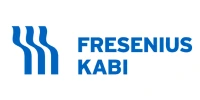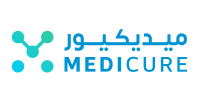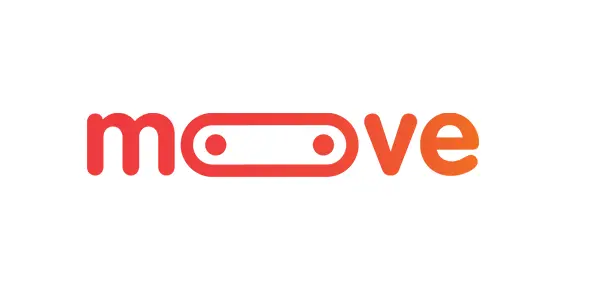Sale Ends in
Days
Hours
Minutes
Seconds
-
HRTimesheetLearning Management System
As the Middle East receives digitalization and nationalization policies, recruitment needs have become more advanced. Applicant Tracking Systems (ATS) are becoming important devices for effective recruitment management, compliance, and progressed candidate experience.
This guide provides a simple, straightforward guide to how ATS platforms work, why they are important within the local context, and how to choose the correct one. If you’re an enterprise or a startup, this book will guide you to release smarter, faster, and more strategic hiring.
By diving into regional hiring designs, ATS capabilities, and genuine platforms, we trust empower HR professionals to update their recruitment practices. The Middle East’s distinctive labor market demands solutions that fit its needs—and this guide fills the gaps. With innovation changing fast, it is not a choice but a competitive imperative to understand ATS.
Let this e-book be your first step in making a future-proof talent acquisition strategy.

An Applicant Tracking System (ATS) is a powerful recruitment software that simplifies and automates the end-to-end hiring process for organizations. Acting as a centralized platform, it assists HR teams and recruiters in managing everything from job postings to candidate selection and onboarding.
Whether you’re recruiting for a single position or expanding recruitment across several departments, an ATS guarantees that each step from posting job listings to sorting applications and arranging interviews is streamlined, trackable, and effective.
The primary purpose of an ATS is to assist organizations in effectively handling a high number of job applications. In a tight labor market, businesses tend to receive numerous applications for one opening. An ATS assists in controlling this flow by automating some of the most important parts of the hiring process, eliminating human error, and saving time.


Here is a layman’s guide to how an Applicant Tracking Software usually operates:
This efficient workflow enables hiring teams to spend more time interacting with top candidates and less time on mundane, repetitive activities.
Trusted by Leaders in Every Industry to Optimize HR, Automate Processes, and Maximize Efficiency.
There are various types of ATS tools that cater to diverse business requirements. Knowing each one assists HR leaders in selecting a system that suits their firm’s size, sector, and processes:
Located on secure cloud infrastructure, with convenient access from anywhere. Suitable for contemporary, mobile-first teams who want flexibility and instant updates.
Installed locally on an organization’s servers. It provides higher customization and management but demands in-house IT assistance for maintenance.
Accessible through web browsers without any installation needs. Ideal for small to midsize businesses with urgent, user-centric solutions.
Geared towards big enterprises, these applications provide enhanced features such as integration with HRIS systems, multi-language support, bulk hiring tools, and detailed analytics.
Designed for mobile use, such systems enable recruiters to handle recruitment processes on-the-go—from checking candidates to booking interviews.
Employs artificial intelligence to screen resumes automatically, recommend best-fit candidates, and even forecast candidate suitability based on behavior and skills information.
Specialized in industry-specific sectors such as healthcare, finance, technology, or retail. Such systems usually include compliance-ready functionality and pre-designed job templates.
















In the rapidly expanding economies of the Middle East—particularly in the UAE, Saudi Arabia, and Qatar—organizations are faced with mounting pressure to recruit more quickly, more intelligently, and in accordance with national employment drives like Saudization and Emiratization.
ATS systems allow local and multinational businesses to:
Middle East hiring is guided by particular cultural and legal nuances. An ATS must accommodate: